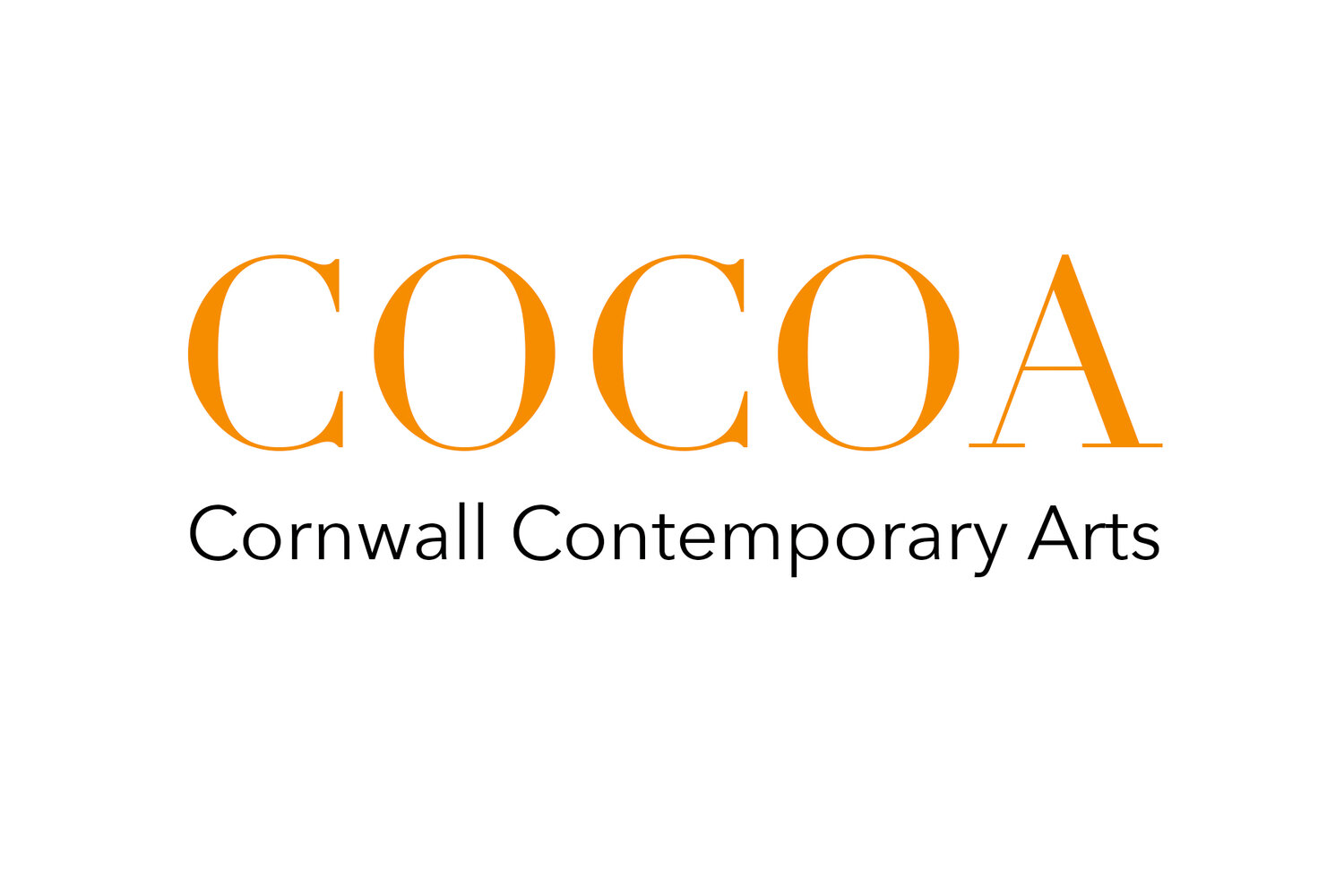Peter Booth: Painting at the End of Time by Dennis Cheaney
Peter Booth, Figure - Yellow with Blue Scarf, 2006, oil on canvas, 117 x 132.5 cm
This introverted Aussie octogenerian abandoned his colorful hard edge abstractions decades ago for crude illustrations of ashy-hued oafs lumbering through the backwaters of the Earth. Their artistic antecedents are the grieving Adam and Eve, cast out of Eden, as depicted by Masaccio, with twisted countenances and fear-filled hearts. Booth’s figures, however, are wide eyed but half aware, drowsing through their days, now and then consorting with demons.
Left: Masaccio, The Expulsion of Adam and Eve (detail), 1424, fresco in Brancacci Chapel
Right: Peter Booth, Two Figures, 1990, oil on canvas, 167.5 x 132 cm
Booth’s painted men, sad and hollow, are resigned to wander without remorse, not fully comprehending their unending, graceless situation. This is the theater of the forlorn.
Peter Booth, Drawing 2009 (Six Figures, Man in Cardboard), 2009, mixed media on paper, 24 x 39.5 cm
On occasion Booth stretches towards bombast and suggests the horrors of the world with sharp forms and clashing colors, demarcating an abstracted terrible terrain.
Peter Booth, Painting 1983 (Apocalyptic Landscape), 1983, oil on canvas, 111.5 x 182.5 cm
Sometimes Booth crafts a funereal mood with images of snow falling on rocks, ravaged cities or even just a waterfall.
Peter Booth, Snow Scene (Stones and Blue Sky), 2005, oil on canvas, 91.5 x 91.5 cm
Wondrously, at other times, with thick tremulous lines he births from his pen monstrous chimera. Booth’s hybrid creatures are pitiable not horrifying. They command our attention if not our sympathy for they have crossed over, their loss of humanity is final. In these small drawings of half-men Booth pushes the boundary of expression and creates a new graphic compendium of loss.
Peter Booth, Insect Monster, 1980, pen and ink on paper, 19.5 x 17 cm
In other works with austerity and harsh light, he paints broken columns, or a single head in one of three types: bandaged, grimacing or severed. Booth’s work is restrained not lurid, and he has developed a wide range with a single theme: this is the end of our own time; everything is totally done.
Peter Booth, Drawing (Greek Ruins II), 1999, pastel and watercolor on paper, 62 x 101 cm








